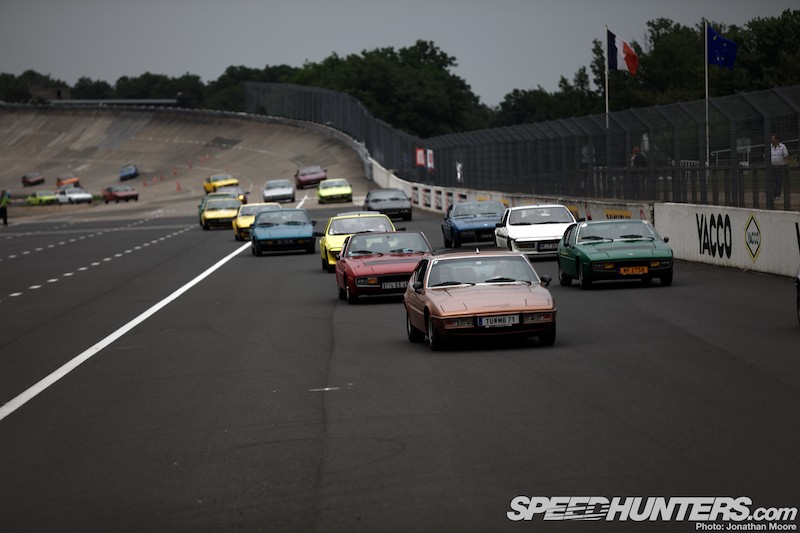
About 10 years ago I tried to bluff my way into the Autodrome at Linas-Montlhéry south of Paris, trying to catch a glimpse of the legendary banked oval track that I knew was hidden the other side of the fence. That day my attempts were thwarted by security, tasked with protecting what had long ago ceased to hold serious racing and instead was mostly used by the French car industry for research and development. I’ve always wanted to go back: the oval was one of the fastest, most fearsomely extreme tracks every built.
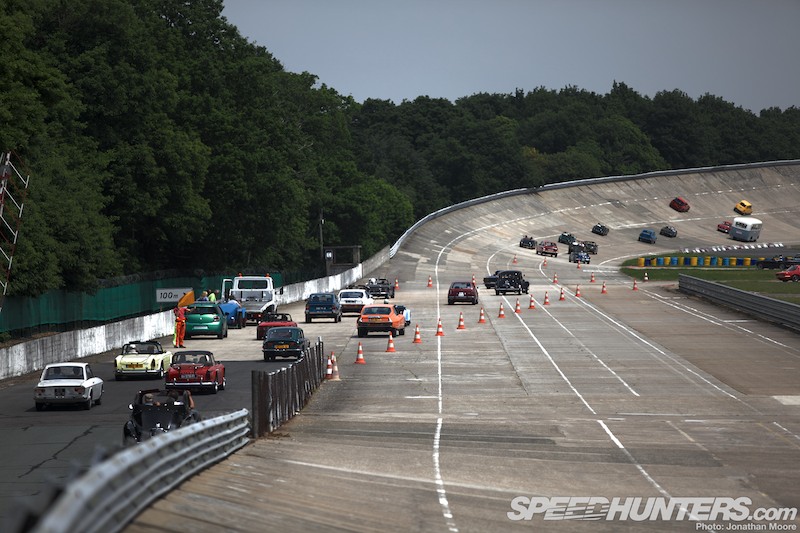
But last weekend I had a valid reason for getting inside the 90 year old track, as did several thousand other car fans. It was the fifth edition of the Autodrome Heritage Festival: a celebration of vintage machinery from around the world.
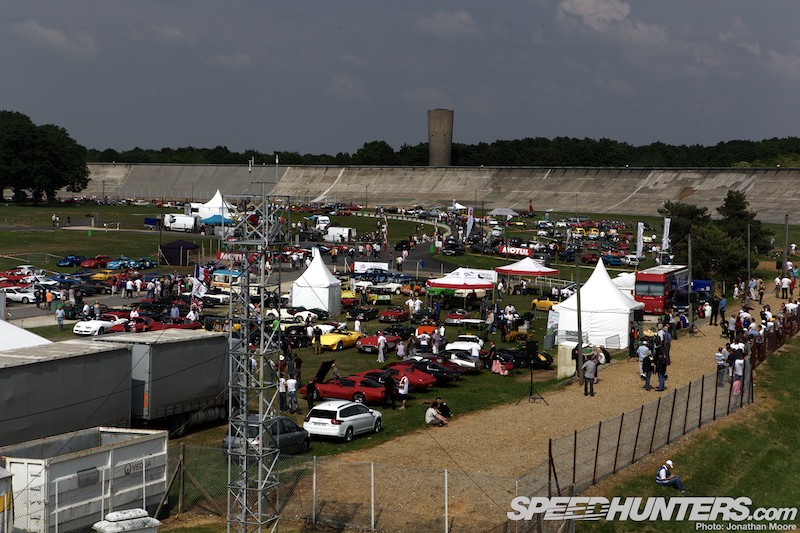
As the main Speedhunters team set up camp at the Players show at Goodwood, I headed across the Channel to one of the most impressive ovals ever built in Europe, standing up there with its contemporaries Brooklands, Monza and Sitges-Terramar.

Even better, the facility wouldn’t be merely providing an impressive backdrop: the steep banking would be in constant use throughout the day as club after club got to run around the oval and test out their nerve.
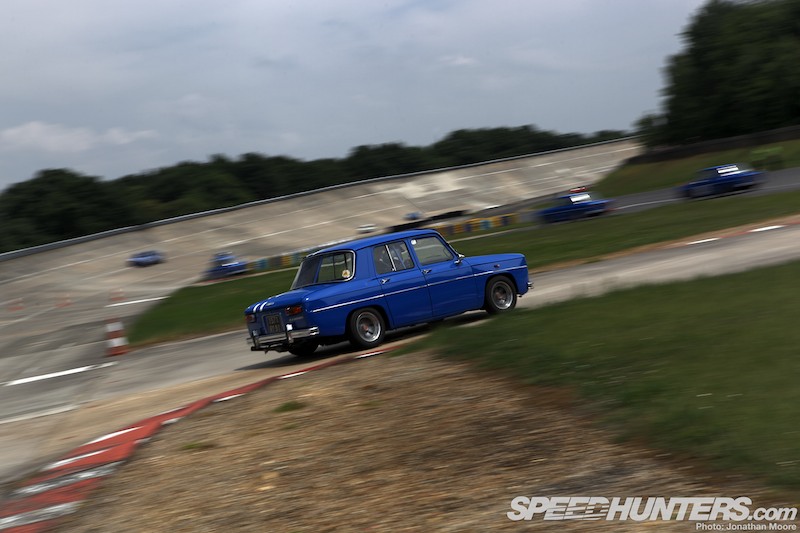
A celebration of French blue would of course take up an appropriate percentage of what was out on show…
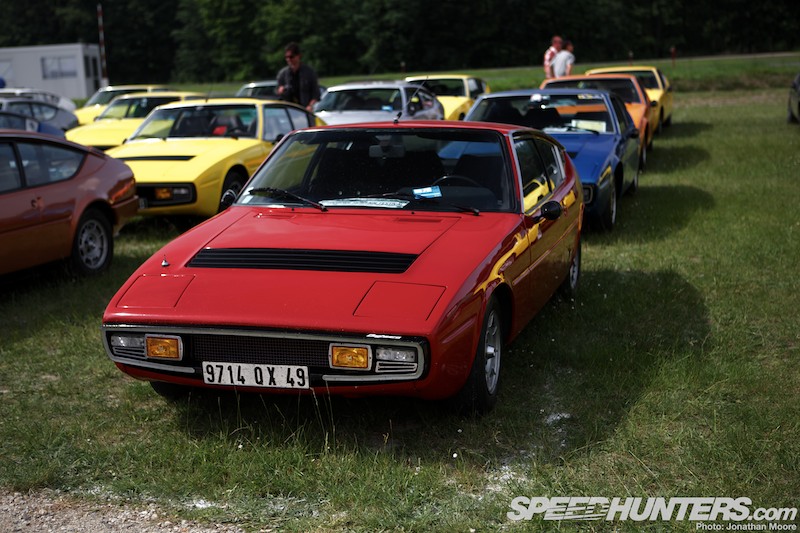
… along with plenty more interesting examples from the long history of the Gallic automobile industry, one of the oldest and most passionate of motoring nations.
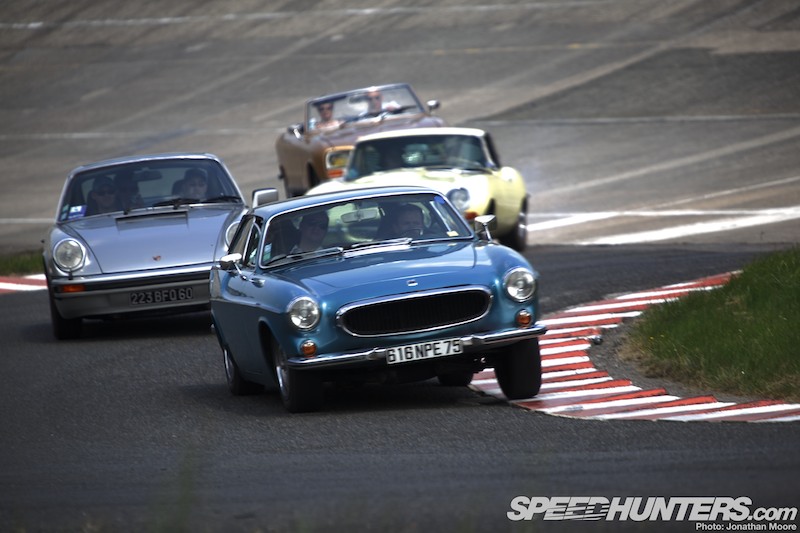
But there was a whole lot more to the Autodrome Heritage Festival than just parochial product. British, American, Italian and Scandinavian cars were also out in force…
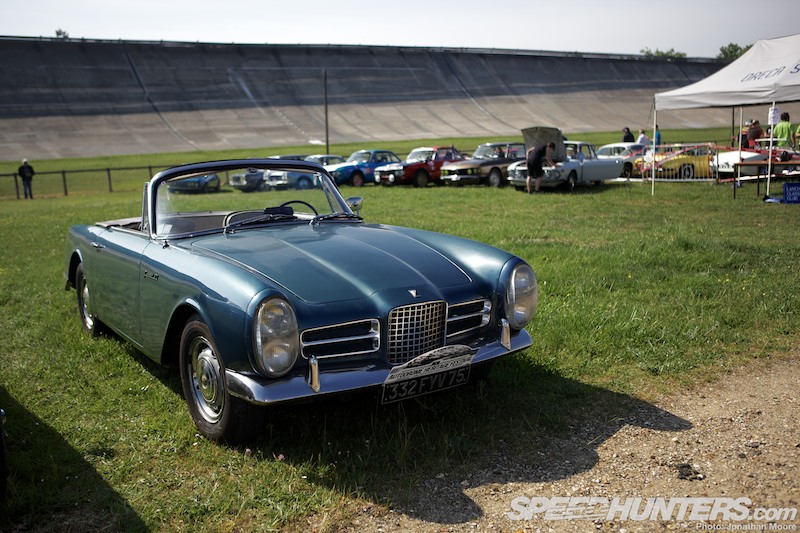
… with a good smattering of the rare (like this beautiful Facel Vega roadster)…

… and the unexpected, to make for an even more eclectic line-up. To say that there was a grand choice of cars at the AHF would be an understatement.
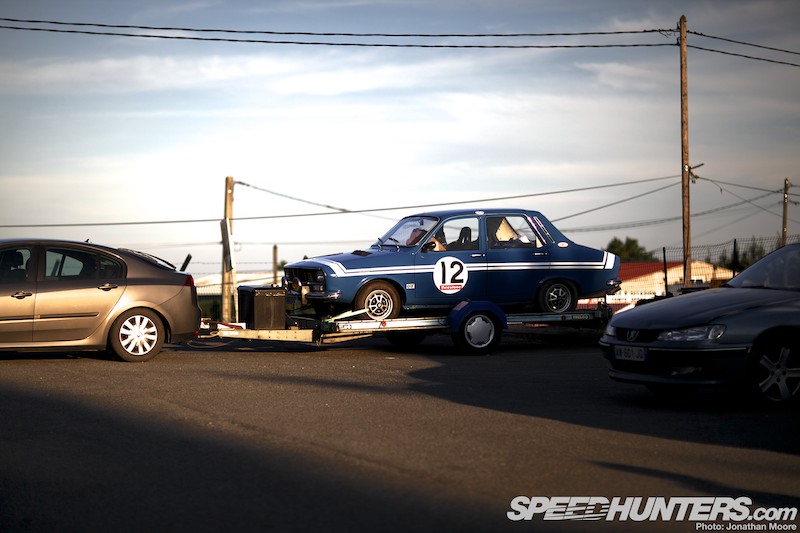
Staying in a hotel just a couple of minutes away from the venue, the previous evening I was already getting a taste of who else was also going to be attending the Autodrome Heritage Festival, as various trailers rolled into the parking.
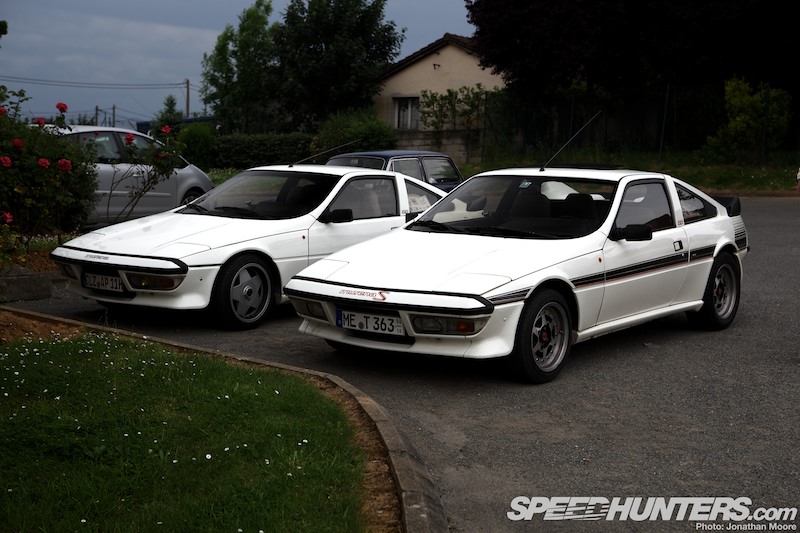
Proving that car love is rarely dictated just by nationalistic pride, just as there were large numbers of French-owned Corvettes and classic British sportscars, Matra owners turned up from all over Europe.
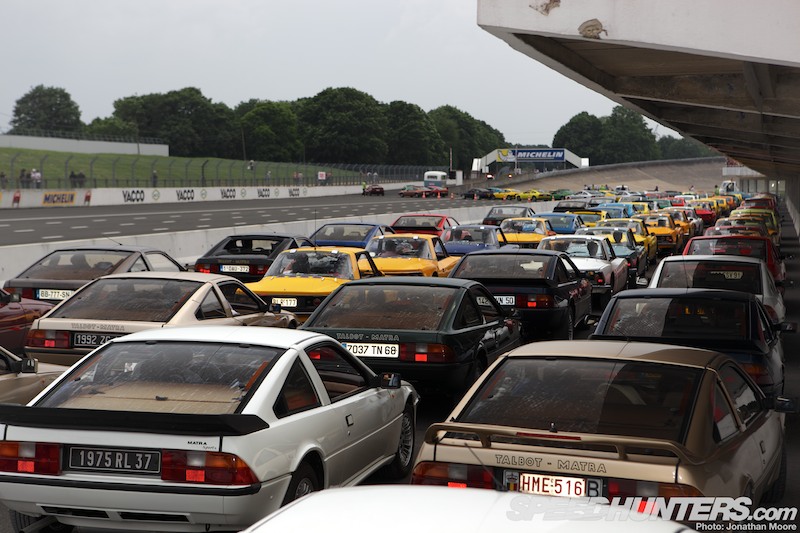
Little did I realise just how many of these lightweight French three-seaters were still in existence – something that was revealed when they took to the track for a mass parade.
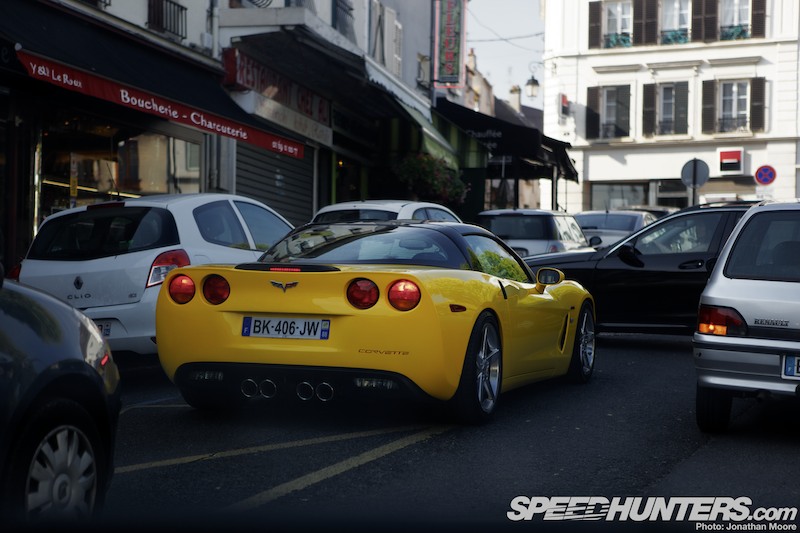
The Festival also meant that the local town’s population swelled to likely double normal capacity, causing traffic jams throughout as both vintage and potent modern machinery joined the usual domestic runabouts in search of a morning café and croissant in the town square’s boulangeries.
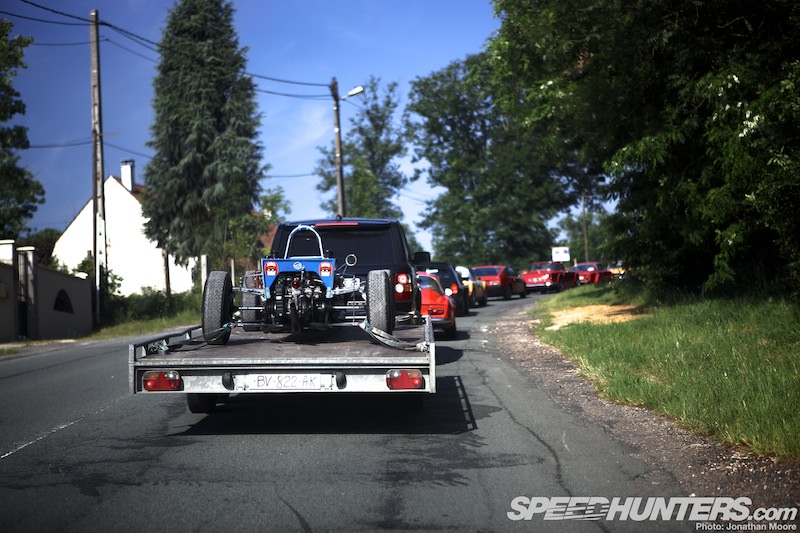
The short queue up the hill to get into the track just provided a fine taster of some of the cars to come…

… and soon enough I was presented with the shining white exterior of the oval itself. This time security were more than happy to wave me through, thankfully.

A very few cars were on static display only, with this impressive line-up of US racing muscle greeting visitors as they emerged from the entrance tunnel. Most were there to be run in anger as well as appreciated in the parking.

This gave the almost constant sound of cars hammering around the unfeasibly tall banking from show opening to the 6pm closing. Having track time at a club event is hardly news, but when it’s the chance to run around the sole remaining speed bowl in Europe, that’s quite a different proposition.

With a packed schedule, organisation was punctual to keep things moving. As one set of cars blasted round the oval, the next corral was emptied and queued up ready to go out from one of two access areas around the banking, either the south chicane on the inside of the banking…
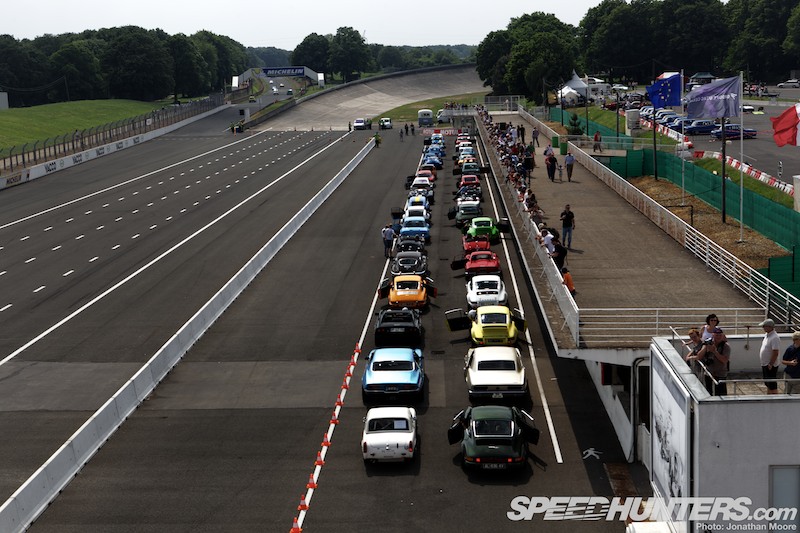
… or the pit-lane. Instead of using the full banking, cars instead directed off to the left and out onto a cut-down section of the track’s original eight-mile road-course extension (built in 1925, a year after the oval) that headed out into the countryside.
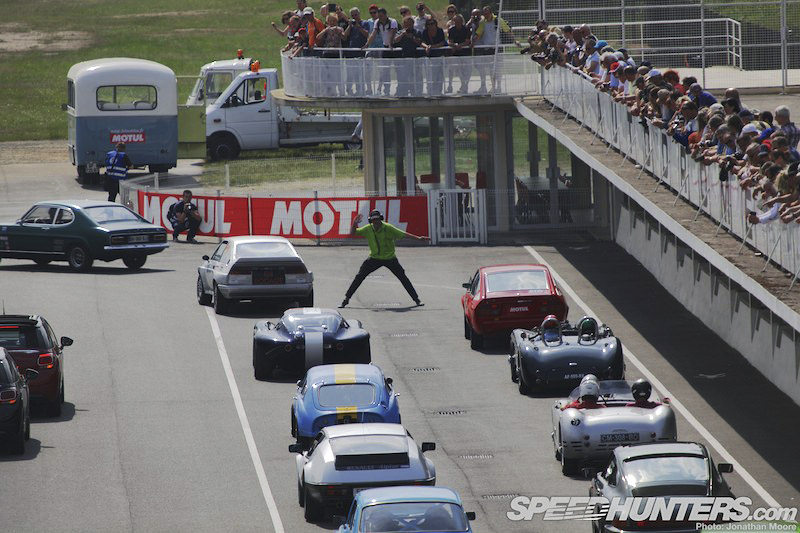
Even watching the cars being guided out onto the track was made entertaining by the guy on duty in the pit-lane, who could easily get a job as the launcher for a Formula Drift event! He had all the moves.
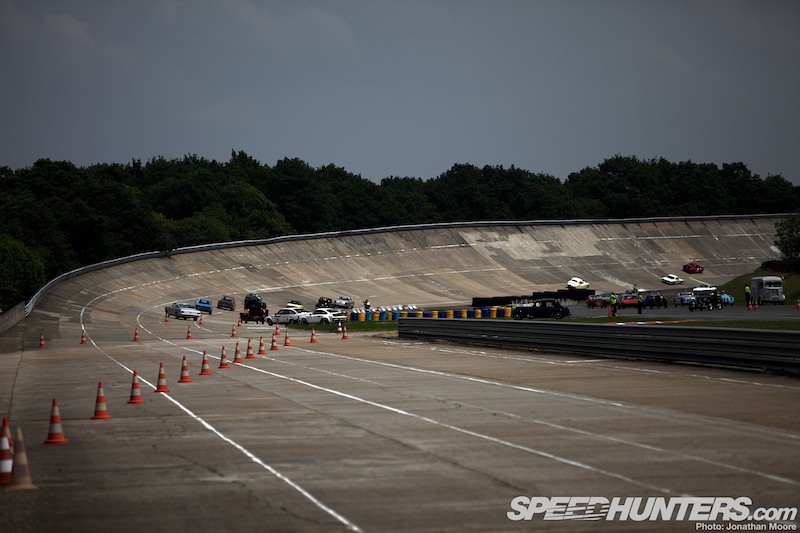
Seeing cars out on the banking was utterly captivating. The concrete loomed up almost vertically, which was scary enough to look at, so I can only imagine what it must be like when you’re behind the wheel. Having been to the abandoned Sitges-Terramar in Spain a couple of months ago, seeing a similarly extreme oval actually still in use was a real thrill.
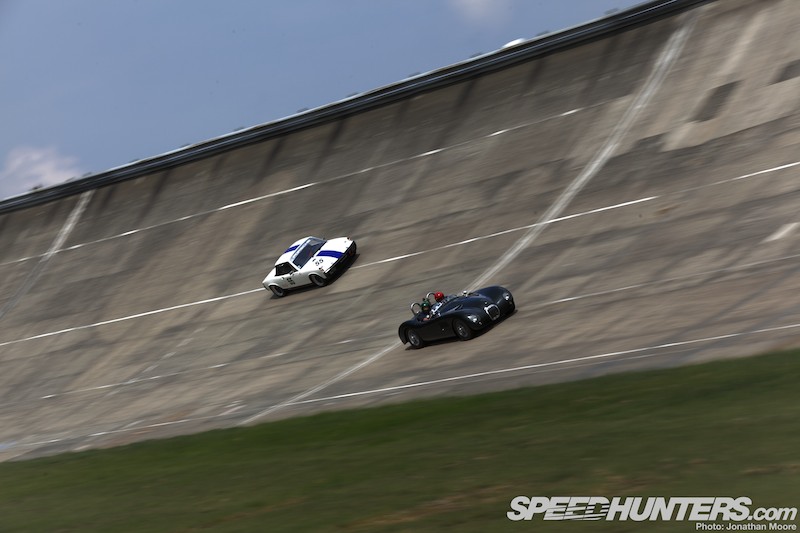
The majority of 20-minute sessions were controlled behind a set of Citroën DS3 safety cars, but they set a pretty fast pace and the groups tended to spread out, allowing a little extra push of the throttle. It was then down to the bravery of the individual driver as to how far up the banking they dared go…
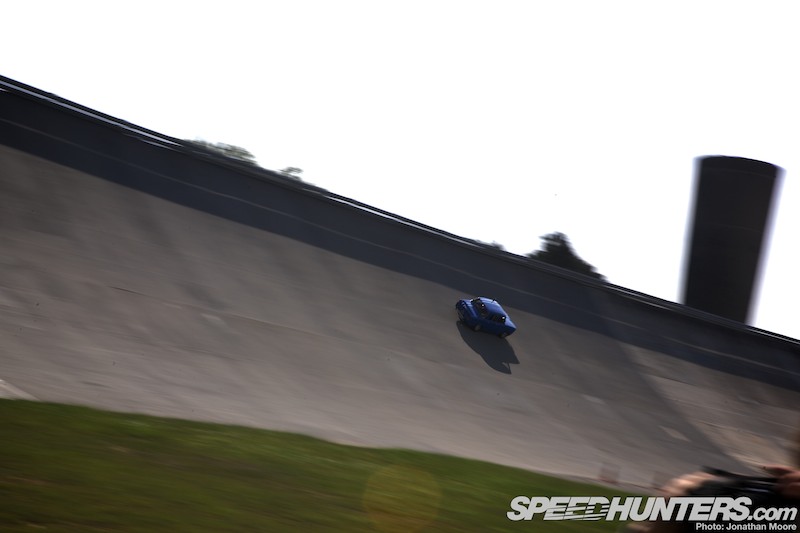
… with some skirting the edge momentarily before drifting back down to a more sensible level. All very heart in mouth.
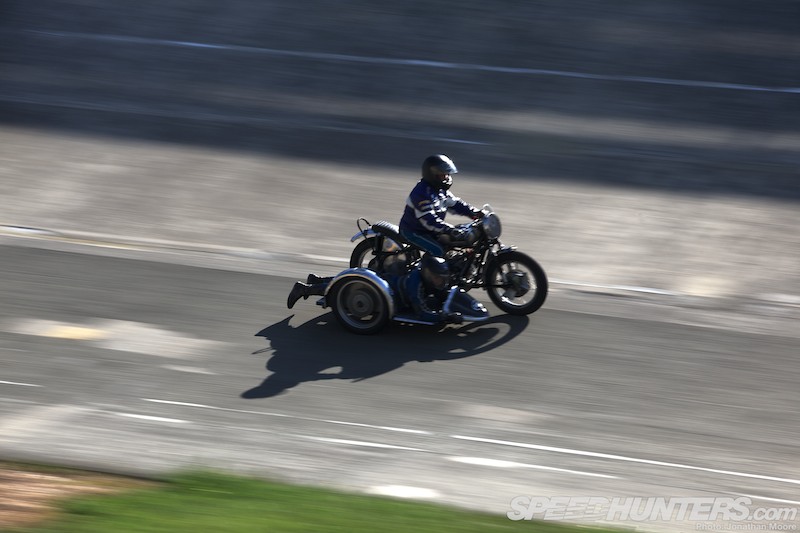
Though, if being safely tucked up inside a cockpit and secured by belts wasn’t manly enough, then you could always opt to hang out the side of a sidecar combination. If you were completely insane.

Cars as old as the track, like this big Bentley, joined the pre-War squadron, with more modern racers also getting morning and afternoon runs in.
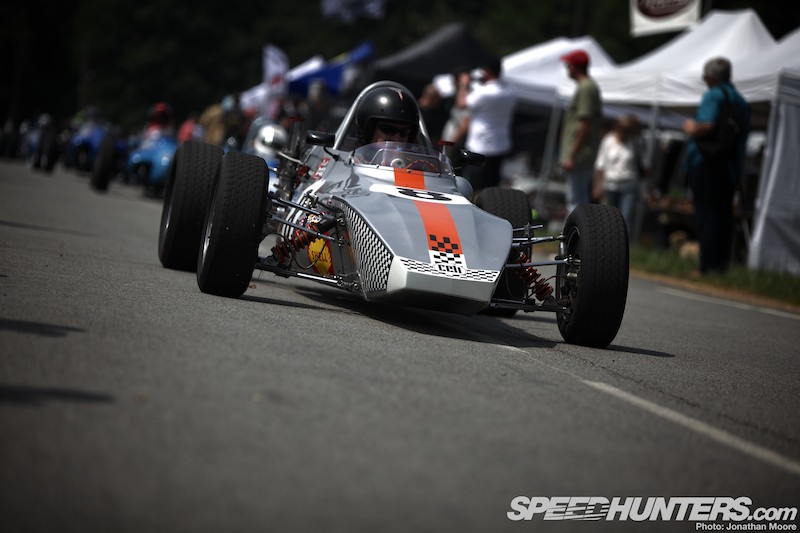
Post-war single-seater racers were pretty much off the leash as soon as they left the pits.
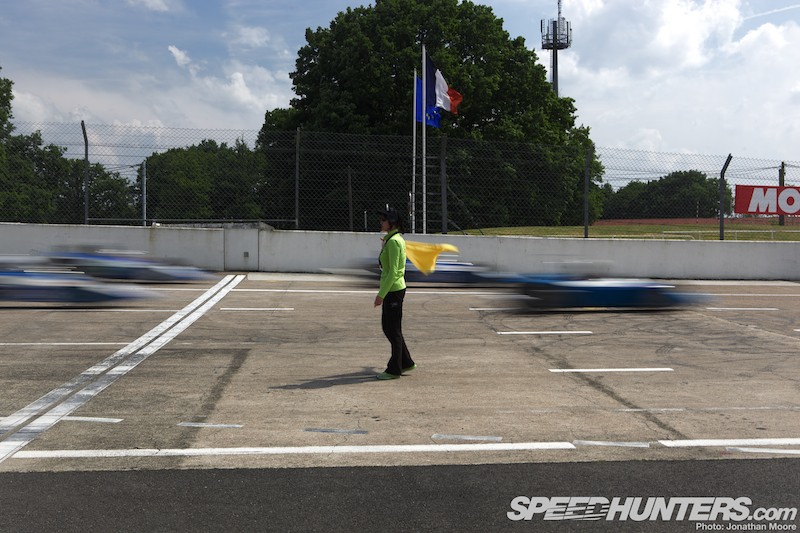
They howled round in packs, rushing around the oval before screaming off down the road course and to the tight hairpin that followed.
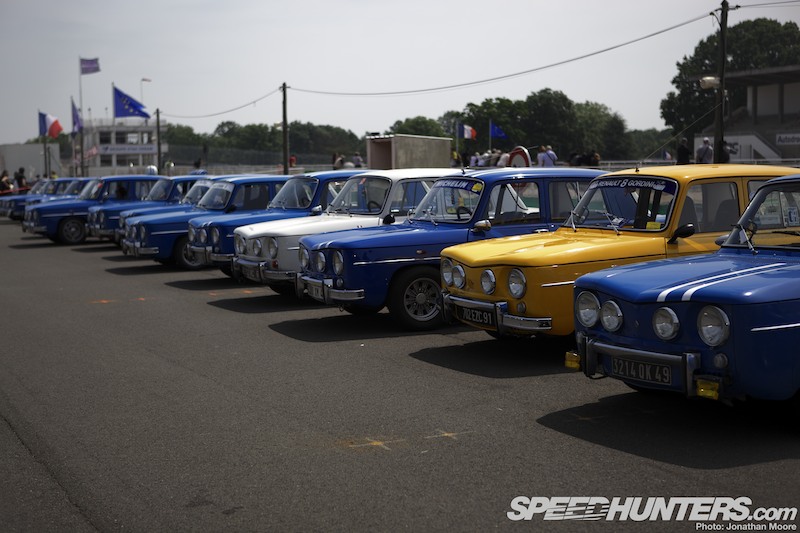
Similarly, the horde of Renault Gordini saloons were set loose for two sessions and swarmed around the track.
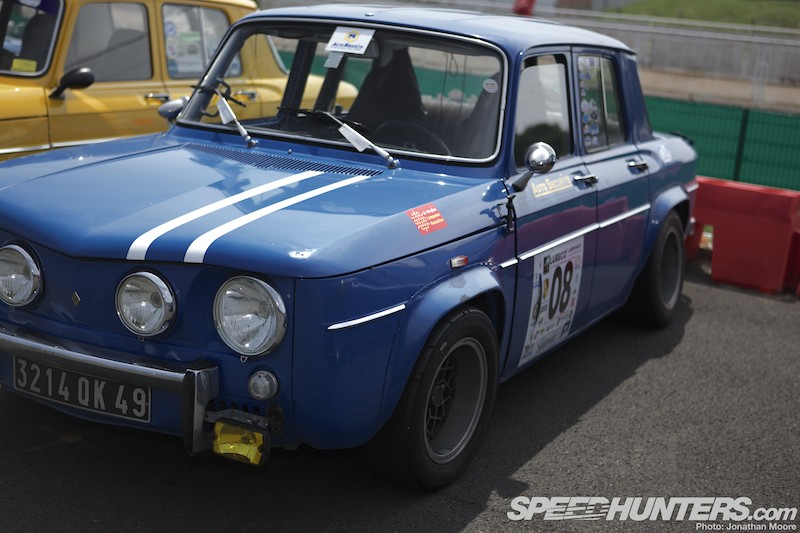
The later 12s gave me new-found respect for the angular ’70s saloon, but it was the boxy 8 of the ’60s that really got me. I love these little buzzbombs (as with the Abarth 131 and Alfa GTAs) with their squat, wide and low ride, small wheels and extreme rear camber. They looked awesome three-wheeling through the quick chicane at the back of the track.
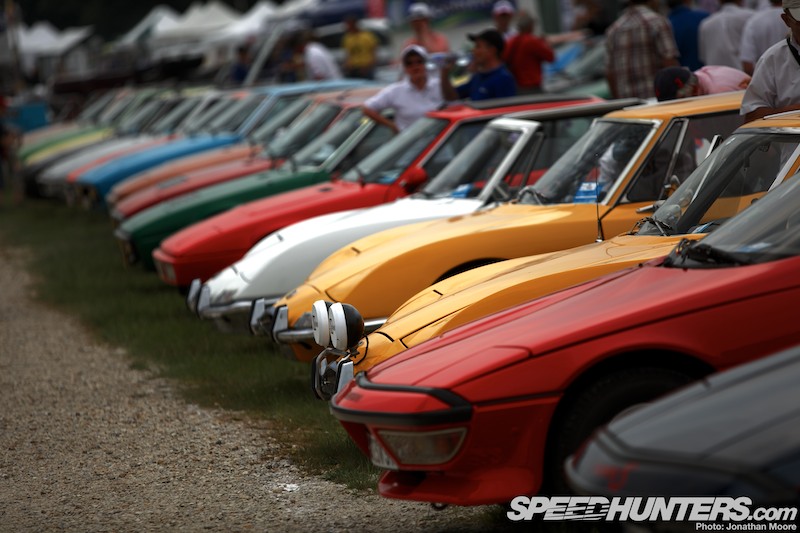
This all meant that it was sometimes difficult to tear yourself away from watching the track action, but the interior club areas deserved plenty of attention. The Heritage Festival was celebrating several anniversaries, with the main attraction the Matra Bagheera turning 40. A huge number took part in their parade, accompanied by plenty of examples of its predecessor (the 530) and successor (Murena).
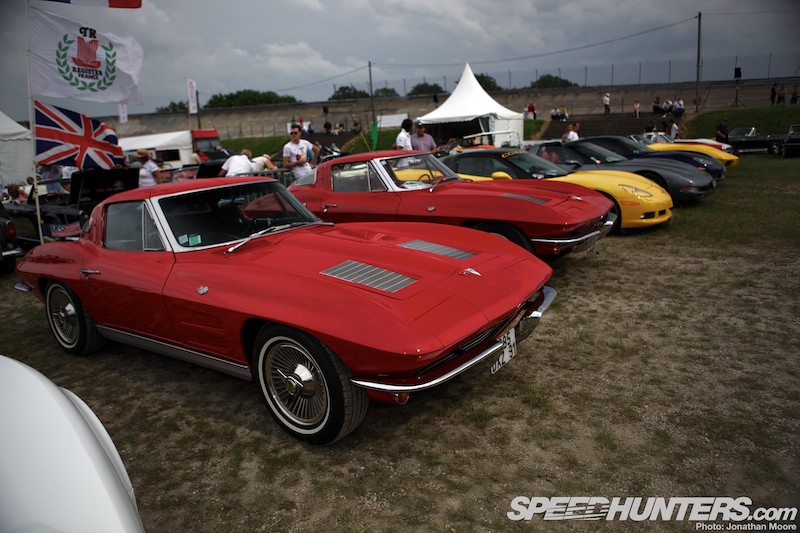
The Matras were joined by areas in the main paddock for other models with big-number birthdays. Triumph TR2s and Alpines, both celebrating their 60th anniversary, were also joined by a healthy number of Corvettes from across that model’s 50 year history…
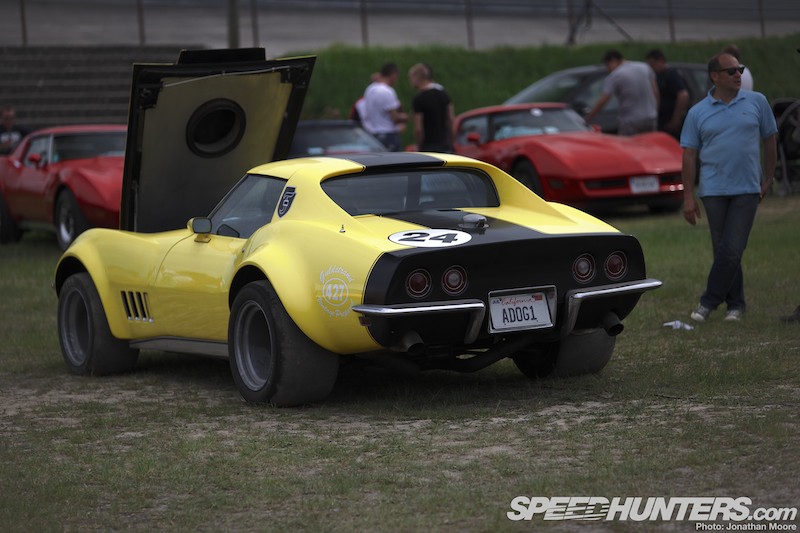
… with cars from the road and track ranging from the C6 back.
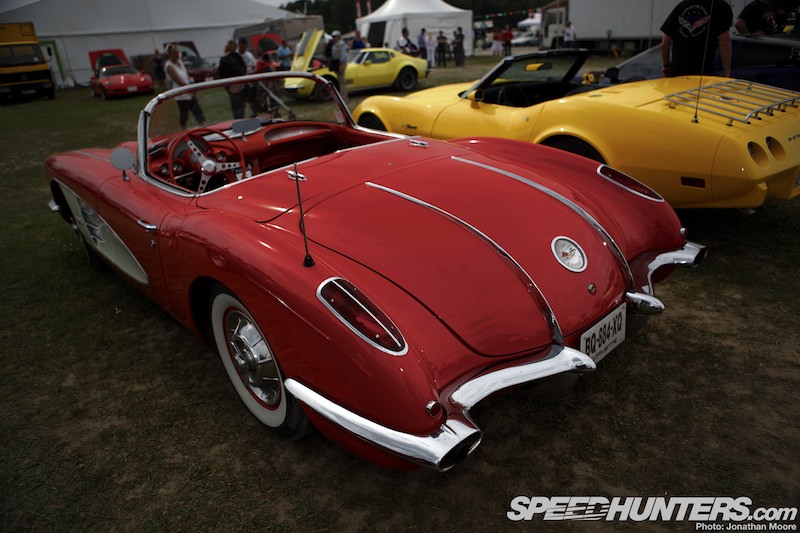
One beautiful Stingray roadster was on show and the first time I’ve seen one in the flesh. The rear is a real work of art: so curvaceous and classically ’50s.
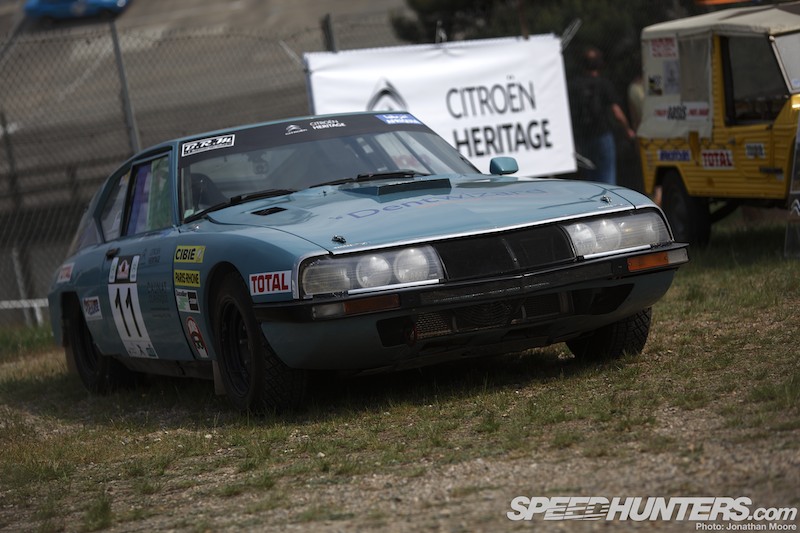
More car clubs then provided a segue into the general vintage parking areas. Citroën Heritage included some beautiful classic Traction Avants alongside some of the ludicrously long and low SM rally cars, which were surprisingly effective in period despite their ungainly looks – their high-tech hydraulic suspension being a big help.
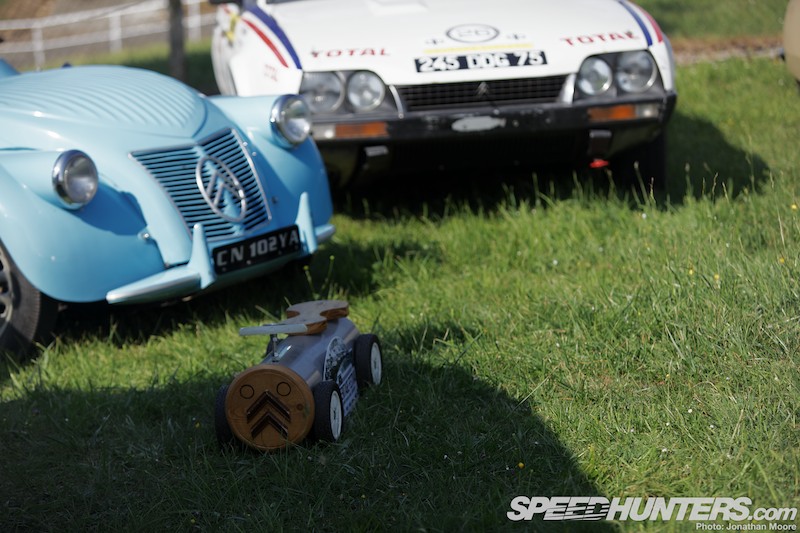
Though I don’t remember this sad-looking model…
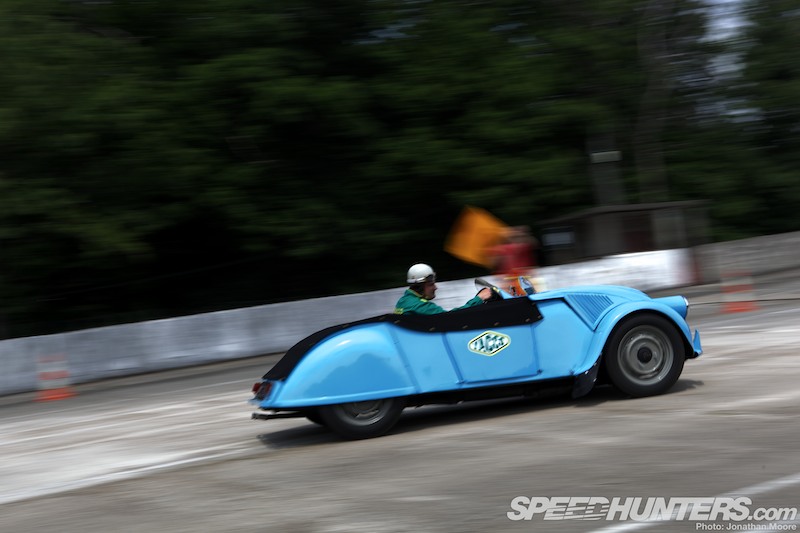
2CVs are always popular, and plenty of interesting variants were out – like this cut-down speedster that was being pushed to its softly-sprung limit out on the track!

The cars invited to park in the circuit’s interior then provided a riot of colour and models from around the world and across the ages. I’ve got a number of cars I’ll spotlight tomorrow, but here’s a selection of what was there.
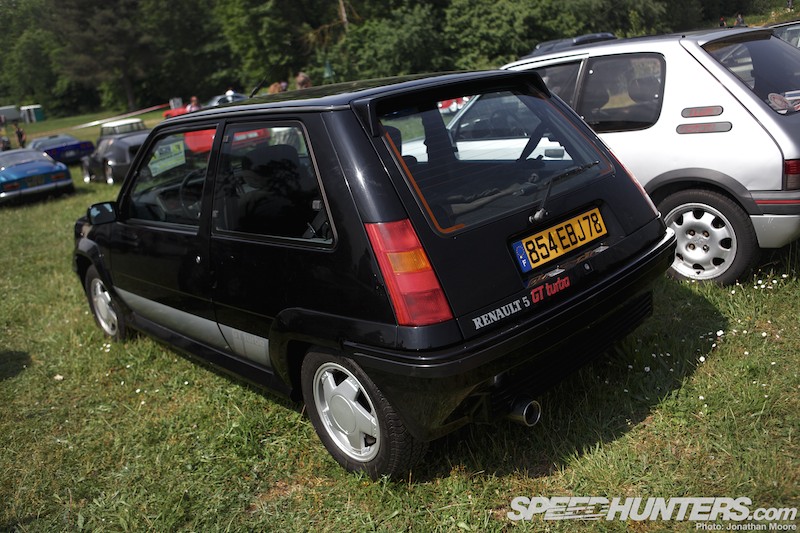
The French pioneered the concept of the hot hatch, and the classic second-gen Renault 5 GT Turbo turned thing up a notch for tearing around Parisian city streets.
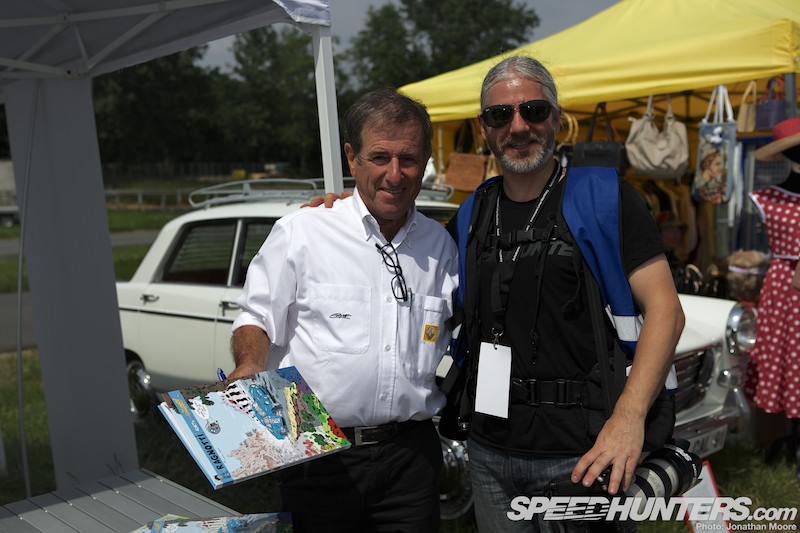
It wasn’t just cars either at Montlhéry: veteran drivers at the AHF included rallying legend Jean Ragnotti, who made his name pushing Renault 5s to the edge. He was promoting a new graphic novel based on his rallying adventures – I had to have a signed copy of course!
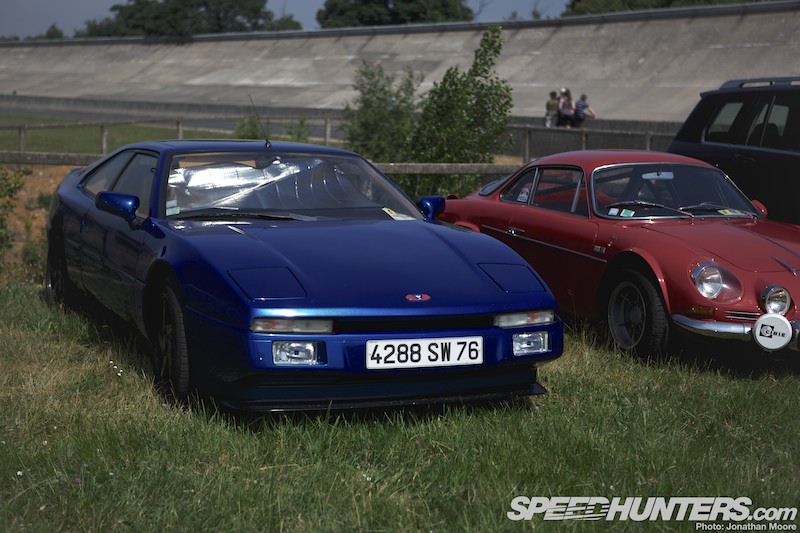
I’ve seen the odd Venturi in recent retro sportscar races, as it provided the backbone for grids in the BPR era of the ’80s, but very few road-going versions of their French Ferrari-wannabe. They were good-looking and powerful, but hardly known outside the domestic market.

Japanese cars were thin on the ground, but Montlhéry had a small gathering of classic Hondas.

For the Italian contingent it was this race-prepared Alfa Romeo Sprint that caught my eye, nestling in the grass.
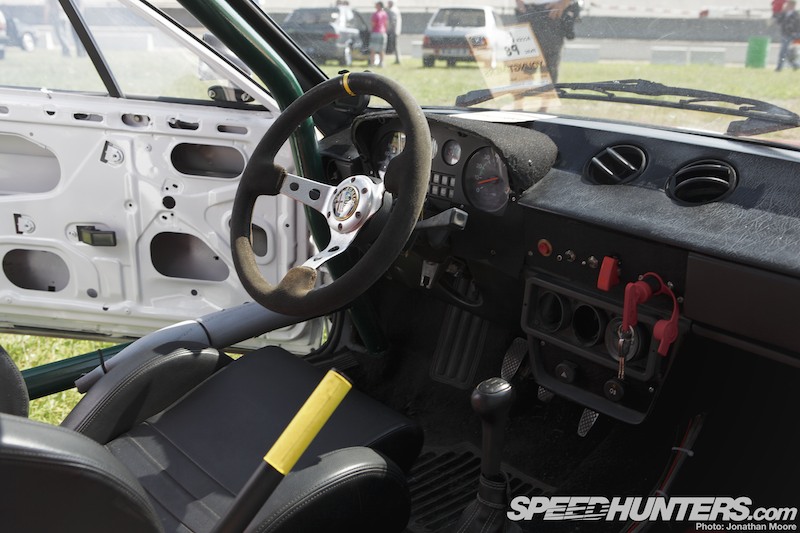
With a stripped down interior it makes an affordable and effective racer. It’s another one to add to my ever increasing list of ‘race cars I’d like to own if I had a very large garage (and a bigger wallet)’…
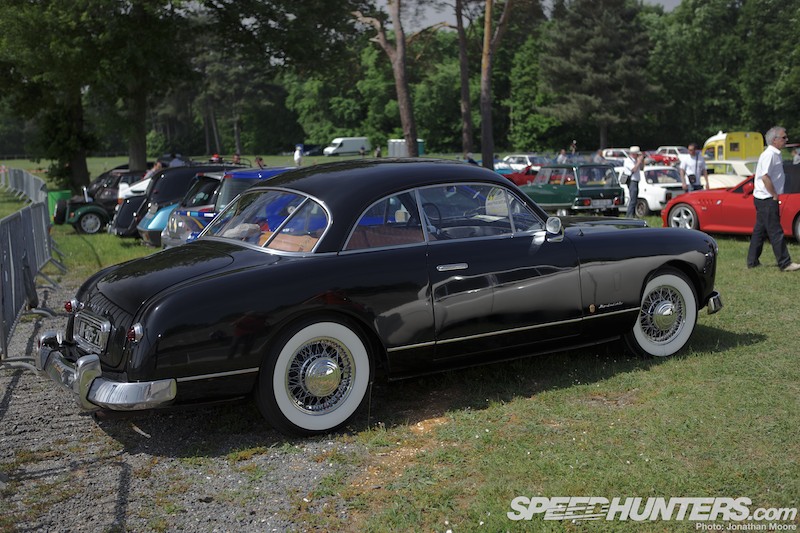
This particular car was attracting a lot of attention. Although there are no giveaways on the outside, the Comète was built by Ford in France with Facel Vega responsible for the coachwork. This 1953 Monte Carlo model mounted a truck-based V8, which had plenty of torque but sold badly because of the tax on such large capacity engines. I can imagine unleashing our own Keith Charvonia on this one!
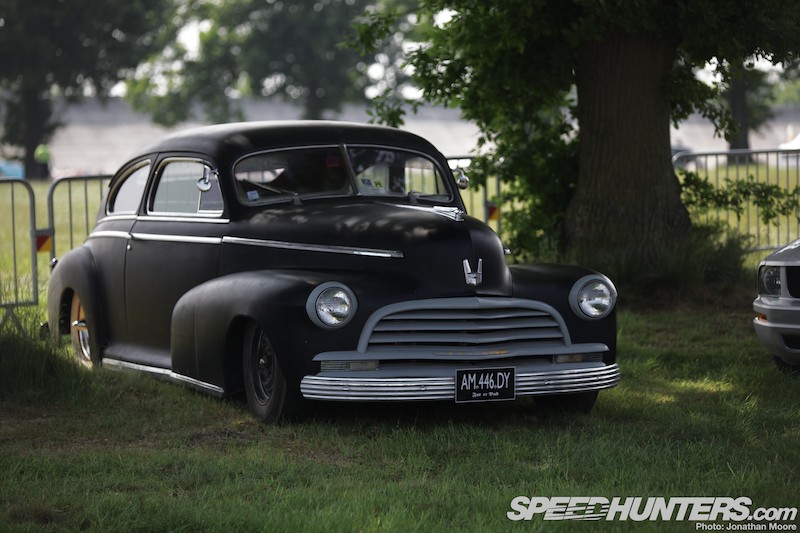
There were a couple of customs dotted around, such as this low-riding Chevy. Though, unlike the others this one was definitely not suited to take to the oval…
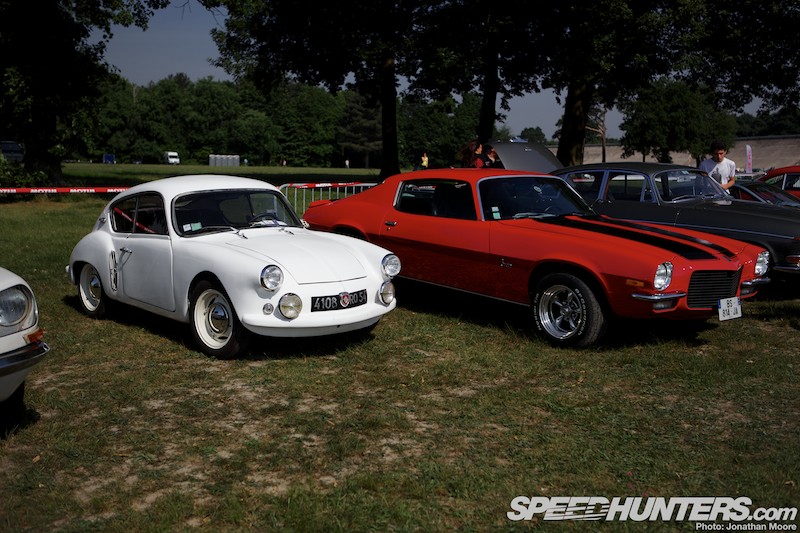
The difference in size between US and European cars when you see them side by side never fails to amuse me, with the former inevitably dwarfing whatever its put next to. I did like this little Alpine A106, which used the original Régie Nationale des Usines Renault badge from the company’s enforced nationalisation in 1945, rather than the classic double-diamond.
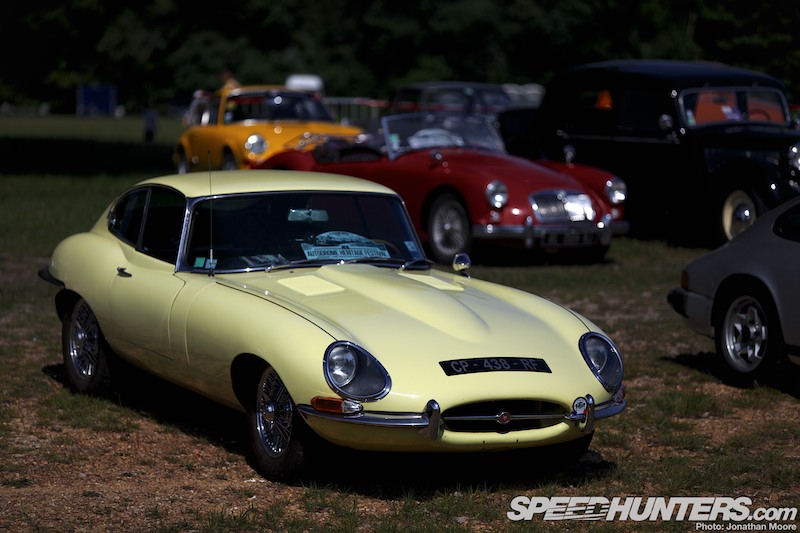
Then there are long noses…

… and long tails. I think I preferred the rear of the Caddy…
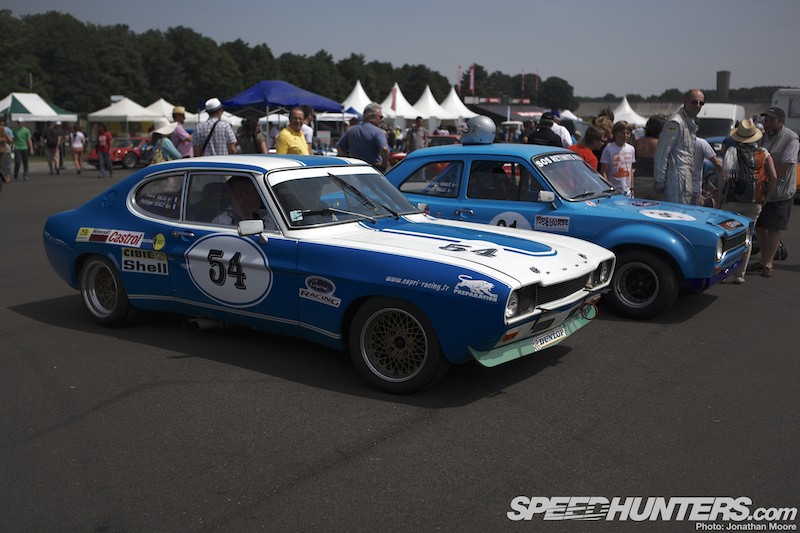
The post-War crew had an awesome line-up of racers from the ’50s to the ’80s. Jaguars and Alfas, Porsches and Fords….

… and then some more ways to celebrate Corvette – a model that has always enjoyed amazing popularity in France and the Low Countries. All you have to do is see all the flags at Le Mans to see that it hasn’t diminished.
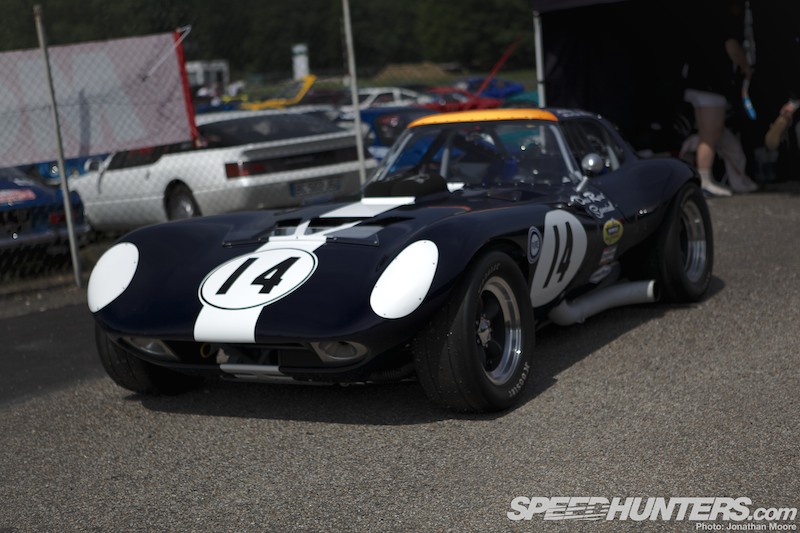
V8 rumbling also came from this Chevrolet Cheetah ‘Des Rox Special’, which was designed as a Cobra-killer in the ’60s. The driver sits almost over the back wheels and the big Offenhauser is mounted so far back in the nose that it actually doesn’t need a driveshaft.
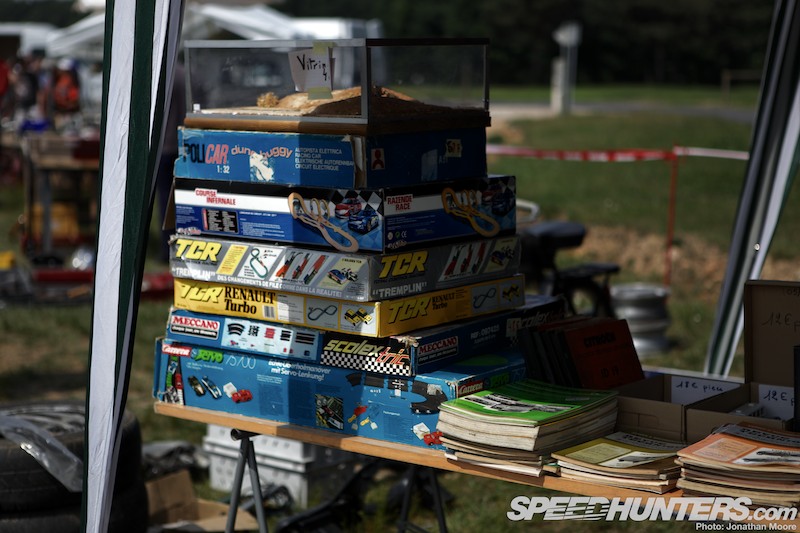
A small auto jumble also gave the opportunity to hoover up everything from old manuals and slot car tracks…
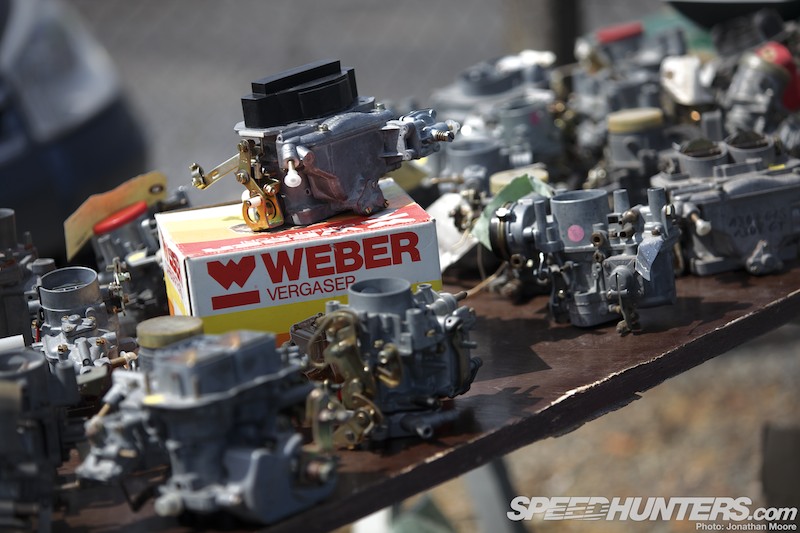
… to wings, lights or some new carbs.

But whatever people took away from Montlhéry (even if wasn’t half an engine) I guarantee they’ll be back for more next year. And I have to go back – there’s that eight mile road course for starters…
Jonathan Moore
Instagram: speedhunters_jonathan
jonathan@speedhunters.com





